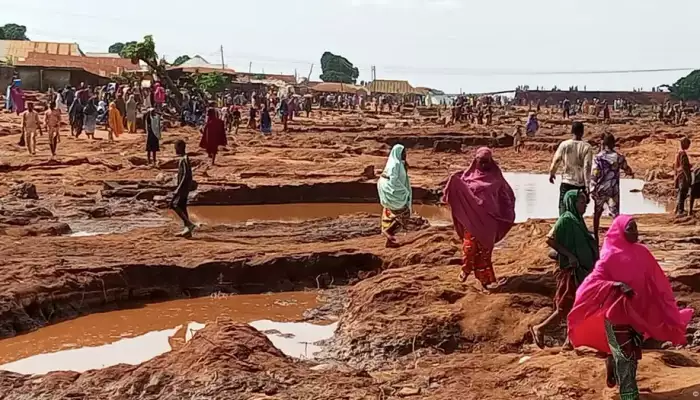
Flash floods in Nigeria's Adamawa state have killed at least 23 people and left thousands homeless, the UN humanitarian agency (OCHA) said Tuesday, adding that 11 other people are still missing.
The flooding, which began on Sunday in five communities in the Yola area of the state, has so far displaced 5,560 people, according to the National Emergency Management Agency (NEMA).
A camp for those uprooted has been set up at Aliyu Musdafa College in Yola, and basic materials have been provided, NEMA said.
"The presence of both governmental and non-governmental partners have been significant, contributing to the effective management of the humanitarian situation," NEMA said in a statement.
Dozens of people were injured as several neighborhoods in Yola, capital of the northeastern state, were submerged on Sunday, the United Nations humanitarian affairs agency OCHA said, before warning citizens "of further rainfall and urging residents in flood-prone areas to move to higher ground."
Are floods common in Nigeria?
Heavy rains tend to hit Nigeria between June and November, triggering floods where weak infrastructure and poor drainage often exacerbate the problem across Africa's most populous country.
More than 200 people have been killed in floods in Nigeria since the start of the rainy season in May this year. Most of those who perished were in the north-central Niger state.
In 2024, more than 300 people were killed and over a million displaced in at least 34 out of the country's 36 states, making it one of Nigeria's worst flood seasons in decades, according to OCHA.
Meteorologists have warned of more floods across Nigeria this rainy season.
Scientists have said that climate change is fueling many of these extreme weather occurrences.